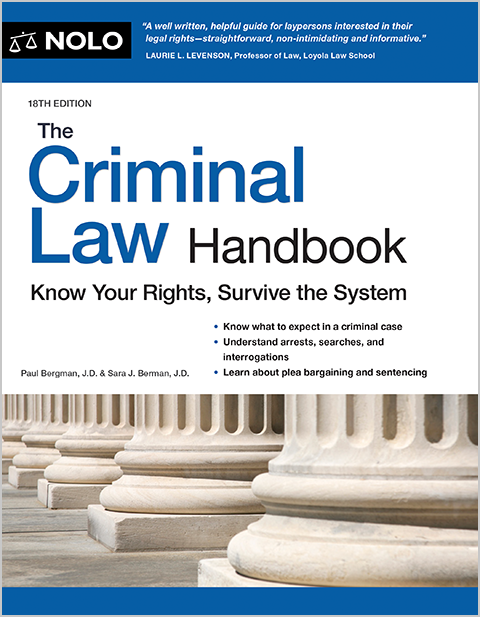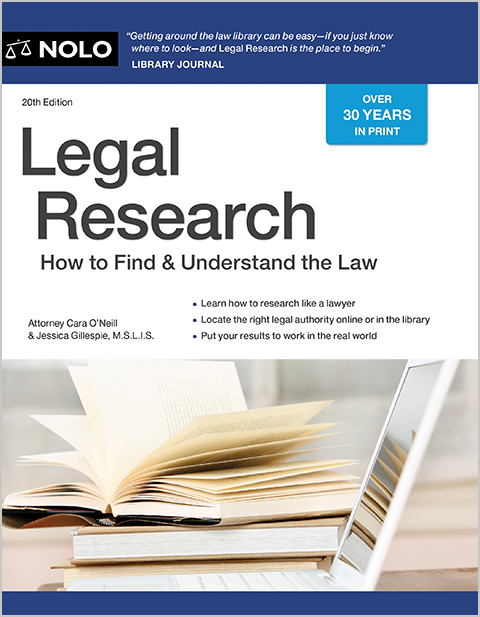Law enforcement officers and prosecutors have a duty to preserve certain kinds of evidence. Learn what they have to keep, and what happens when they don't.
The government has a duty to preserve certain types of evidence it collects during criminal investigations and prosecutions. This duty exists in order to protect a defendant's rights to due process and a fair trial under the Sixth and Fourteenth Amendments to the U.S. Constitution. The duty relates to the requirement that the government disclose evidence it will use against the defendant at trial, as well as any evidence that is favorable to the defendant.
What Is the Preservation of Evidence?
Preservation of evidence means the government must maintain the integrity of the evidence for later testing or analysis. To do this, property and evidence custodians must keep accurate and complete chain-of-custody records, properly store the evidence, and prevent contamination, damage to, or destruction of the evidence. The exact protocol will vary depending on the type of evidence, such as rules for preserving biological samples versus digital evidence.
What Kind of Evidence Must Be Preserved in a Criminal Case?
Law enforcement doesn't need to preserve all evidence it collects. The duty to preserve extends only to evidence that might be expected to play a significant role in the suspect's defense—"material" and "exculpatory" evidence.
Material or Exculpatory Evidence
Material evidence is important evidence that's directly relevant to an issue in the defendant's case, such as evidence that impeaches (discredits) a prosecution witness or otherwise weakens the case. Exculpatory evidence is evidence favorable to the defendant in that it clears or tends to clear him of guilt. Exactly what evidence is material and exculpatory depends upon the circumstances of the case.
Types of Evidence That Must Be Preserved
Below are examples of common types of evidence that must be preserved.
Biological evidence for DNA testing. Most states require the preservation of biological evidence gathered during a criminal investigation, such as samples of hair, blood, urine, semen, saliva, skin tissue, and fingernail scrapings.
Alibi evidence. Alibi evidence is virtually always material and exculpatory; it includes witness statements that place the defendant somewhere other than the scene of the crime and forensic evidence (like DNA) that tends to show that the defendant couldn't have committed the crime.
Crime scene evidence. Most jurisdictions have local and state rules about the collection and preservation of evidence at the crime scene, such as the murder weapon, clothing, and photographs of the scene.
Tape recordings and videotapes. The police usually aren't required to tape record statements of the defendant or witnesses. However, if they do make audio or video recordings of statements, they must preserve them.
Emergency call recordings. Law enforcement typically must preserve and disclose 911 recordings (or transcripts of the calls) to the defendant.
Investigative notes. Most states require officers and investigators to preserve investigative notes only if they made them during an interrogation of the defendant. (But if those notes contain exculpatory information, that information must be conveyed to the defense.)
Who Has a Duty to Preserve Evidence?
While the police typically collect most evidence used in a criminal case, they aren't the only government actors who have to preserve evidence. The duty also extends to:
- local, county, and state investigative agencies—these include not just detectives and investigators but also administrative, clerical, and forensic staff
- prosecutors—the attorneys prosecuting the case have an obvious duty to preserve evidence, as do people acting under prosecutorial authority (for example, investigators or experts retained by the prosecutor's office), and
- the attorney general—in most states and in most cases, the duty to preserve evidence remains even after a defendant has been convicted. Therefore, the duty applies to a state's Attorney General's office (which typically handles appeals and post-conviction matters).
The duty to preserve evidence doesn't extend to private people or agencies unless they have a formal relationship with a law enforcement agency. Thus, if a private DNA lab is hired by the prosecutor to examine blood samples collected from a crime scene, that lab must protect and preserve the evidence and the results of any testing it conducts on the evidence.
How Long Is the Evidence Kept?
The duty to preserve evidence begins once any state agency or actor has gathered and taken possession of evidence as part of a criminal investigation and generally lasts through the conclusion of the case or the defendant's sentence.
Jurisdictions have different retention periods for different kinds of evidence, different kinds of cases, or both. The retention period for a misdemeanor case might be only a set number of months or years after the conclusion of the case. However, a state might require the preservation of biological evidence in felony murder or sexual assault cases until a defendant's death, the defendant's release from all supervision, or indefinitely. (Retention periods for biological evidence tend to be the longest because most states give defendants a right to request post-conviction DNA testing of the evidence.)
What Happens If Evidence Is Lost or Destroyed?
Defendants have the burden of proving that the state violated its duty to preserve evidence and that the violation compromised the rights to due process and a fair trial. Courts won't do anything about an alleged violation unless the defendant proves that the evidence in question was material and potentially exculpatory and that the government acted in bad faith. In practice, it's very difficult to prove these points.
Proving Materiality
In order to prove that the evidence was material, the defendant must establish that:
- law enforcement officers had reason to believe the evidence was exculpatory before they destroyed it, and
- the evidence can't be replaced by other reasonably available evidence.
Courts can sometimes infer materiality from law enforcement's actions. For example, the fact that the state normally preserves the type of evidence that it destroyed in the defendant's case may show that the evidence was material. Similarly, the government testing, using, or intending to test or use the evidence provides a strong indication that it recognized the importance of that evidence.
Proving Bad Faith
Proving bad faith is tough. It's not enough that government actors were careless or negligent with the evidence—the defendant must show willful, deceitful, or malicious intent. The government's failure to follow standard procedures when it lost or destroyed evidence may support an inference of bad faith. An example of bad faith is an officer throwing away a fingerprint sample showing that someone other than the defendant committed the crime.
What Remedies Do Defendants Have If Evidence Is Lost or Destroyed?
There are several possible remedies for defendants who learn during the trial that the state violated the duty to preserve evidence. They can ask the court to suppress related evidence, exclude or limit testimony about the missing evidence, or dismiss the case. If the missing evidence doesn't surface until after a conviction, overturning the conviction and obtaining a new trial on appeal are possible remedies.

